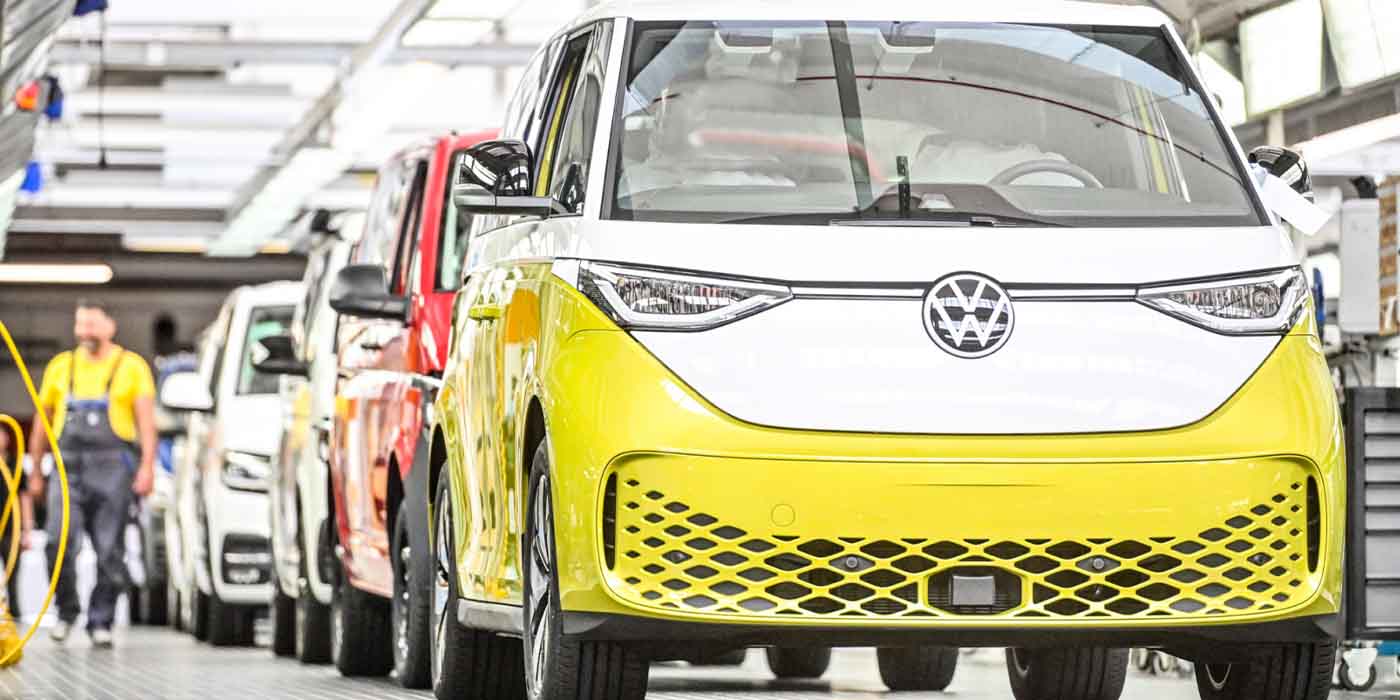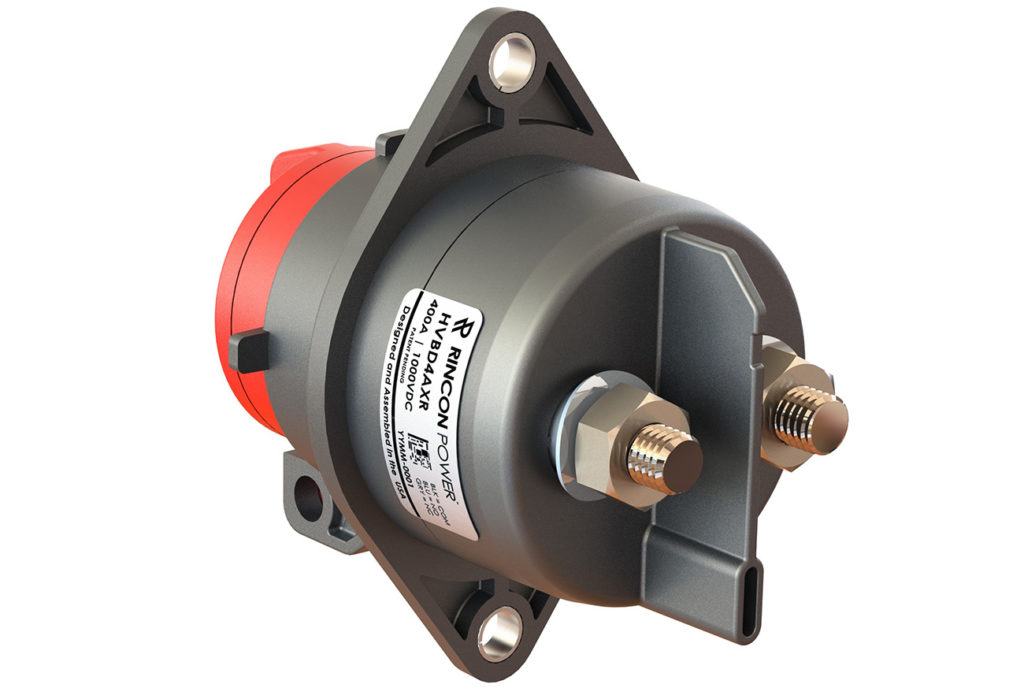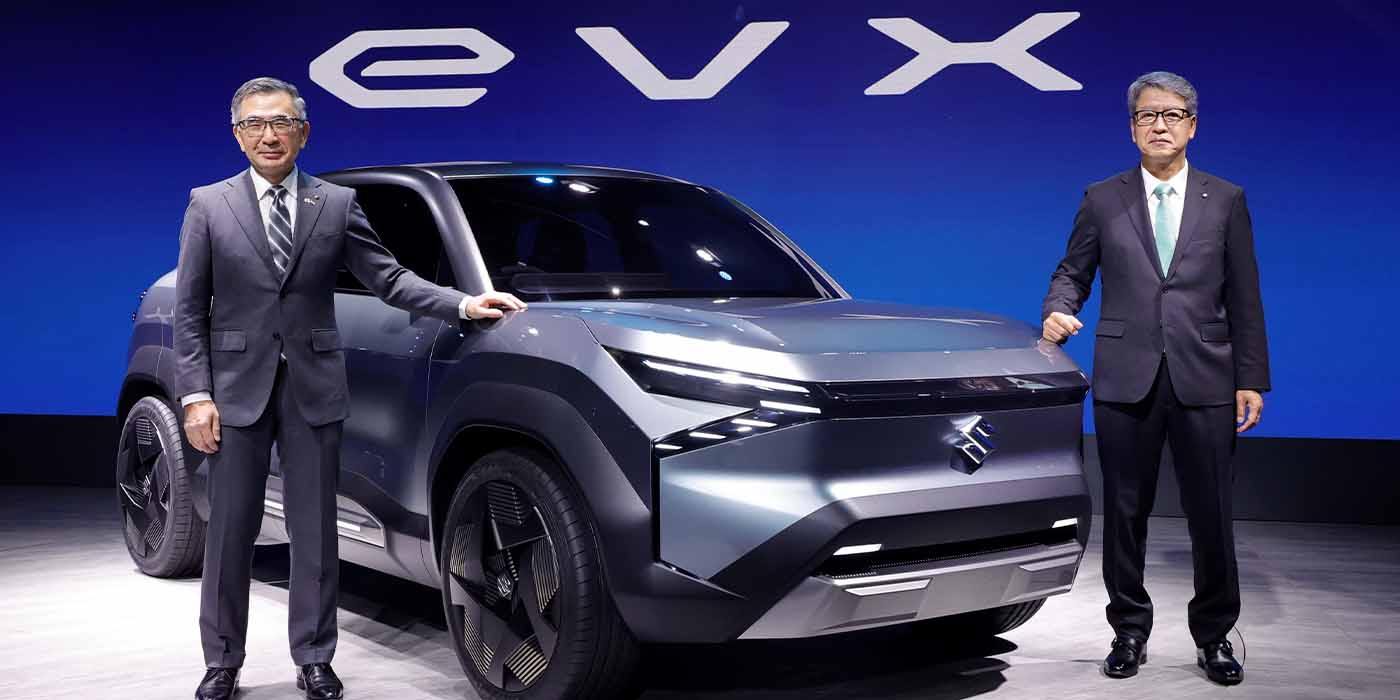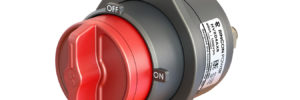Instead, the company would partner with LG Energy Solution, the report says.
Source: Electric Vehicle News
Spanish E-Bike Specialist Desiknio Unveils Three New Models For 2023
These stylish e-bikes are the perfect combination of practical and stylish.
Source: Electric Vehicle News
UK Startup Tevva Begins Building 7.5-Tonne Electric Truck
The company wants to sell 1,000 of these electric and hydrogen range extender trucks this year.
Source: Electric Vehicle News
Volkswagen Commercial doubled EV deliveries in 2022, led by tremendous ID.Buzz demand

Volkswagen Commercial Vehicles has released its annual numbers for 2022 and is reporting strong output for its vehicles, including a doubling of EV deliveries dominated by the ID.Buzz electric van. Better still, the number of Buzz vans delivered last year is a mere fraction of what Volkswagen already has in its order books.
The post Volkswagen Commercial doubled EV deliveries in 2022, led by tremendous ID.Buzz demand appeared first on Electrek.
Source: Charge Forward
Porsche Details 2024 Macan EV's Chassis, Rear-Wheel Steering
Porsche’s first all-electric SUV features two-valve shock absorbers that can be adjusted independently of each other, mixed tires.
Source: Electric Vehicle News
Tesla Plans Massive Battery-Related Expansion Projects At Giga Texas
The US EV maker filed for four new projects at the site totaling $717 million. The plans are related to battery materials and cells.
Source: Electric Vehicle News
Stellantis and Qinomic to develop EV retrofit solution for light commercial vans
Stellantis and Qinomic, a sustainable mobility and retrofitting equipment manufacturer, have partnered to develop a retrofit solution to convert fossil-powered commercial vans (LCVs to our British mates) to electric drivetrains.
The electric retrofit solution aims to protect freedom of mobility with an affordable option that meets customer needs to extend the lives of their vehicles and continue business activities while accessing low-emission zones in cities.
Electric retrofitting is both a sustainable and affordable solution for customers willing to switch to zero emissions and reduce their total cost of ownership while retaining their vehicles, says Stellantis.
“I am delighted that Stellantis is working with Qinomic on this development in retrofit technology,” said Alison Jones, Senior VP at Stellantis’s Circular Economy Business Unit. “This innovation gives our professional customers the choice to convert their existing ICE vans to electric, extend their life and meet legislative and mobility requirements.”
Source: Stellantis
Source: Electric Vehicles Magazine
Rincon Power launches new 600 A, 1,000 V manual battery disconnect
Electronic parts manufacturer Rincon Power has announced a new line of battery disconnect switches, the HVBD6Axx series. This hermetically sealed switch serves to isolate a high-voltage system in a compact and robust package.
According to the company, the HVBD6Axx offers 600 A continuous current carry in applications ranging from 12 to 1,000 V DC. The single-pole, single-throw switch features optional auxiliary contacts which can be used as part of a high-voltage safety circuit. Low contact resistance (averaging less than 0.1 mΩ) ensures limited heat generation and energy losses.

The hermetic seal allows the unit to be operated in virtually any environment, while also ensuring that there is no contact oxidation over the life of the switch. The handle features a lock-out hasp for OSHA-complaint lock-out/tag-out functionality.
“Our 600A HVBD Battery Disconnect offers an attractive solution for physically isolating high-voltage systems while allowing for a visual indication that the switch is turned OFF,” said Markus Beck, Rincon Power’s VP of Sales. “The HVBD series has been successfully implemented in a wide range of applications including electric buses, off-road equipment, electric marine and a wide range of high-voltage battery systems.”
Source: Rincon Power
Source: Electric Vehicles Magazine
Suzuki takes first crack at an EV with the most conceptual of concepts

Yes, Suzuki is still making cars. Better still, its the latest legacy automaker taking its first attempt at delivering an electric vehicle to the market. During Auto Expo 2023, Suzuki showcased the world premiere of its eVX concept EV – an SUV that… well, it looks pretty similar to a combustion EV. Here’s what we know so far as the automaker looks to bring this concept to fruition.
The post Suzuki takes first crack at an EV with the most conceptual of concepts appeared first on Electrek.
Source: Charge Forward
KULR obtains commercial license to use NASA thermal runaway technology
KULR Technology Group, an energy management platform company, says it has attained operational readiness for its fractional thermal runaway calorimeter (FTRC), and has a commercial licensing agreement with NASA to use the agency’s patent-pending FTRC solution.
KULR’s new commercial license follows a one-year trial license from NASA, and allows FTRC to be used by companies, such as Lockheed Martin, that want to develop better and safer battery pack designs. The license specifically applies to 18650 and 21700 format cells, and the company says it plans to enable pouch-cell FTRC next month.
FTRC was originally developed by NASA, and was refined by KULR’s engineering team led by NASA alumnus and KULR CTO William Walker. It measures the amount of heat energy released during a thermal runaway event. This helps engineers and designers to better understand these incidents and develop safer ways to mitigate them. It also enables them to more quickly perform testing experiments and to use a variety of trigger methods such as heaters, internal short circuits, and nail penetration to generate more accurate results and, in turn, solutions.
“FTRC is a key part of KULR’s holistic methodology for the design of safe battery systems and amplifies the company’s mission of providing commercially applicable solutions that support the electrification of the circular economy,” said Walker. “Fractional calorimetry has certainly changed the way we understand thermal runaway, and I cannot wait to see what else is revealed to the industry as we continue our explorative studies internally on thermal runaway behavior.”
Source: KULR
Source: Electric Vehicles Magazine


